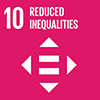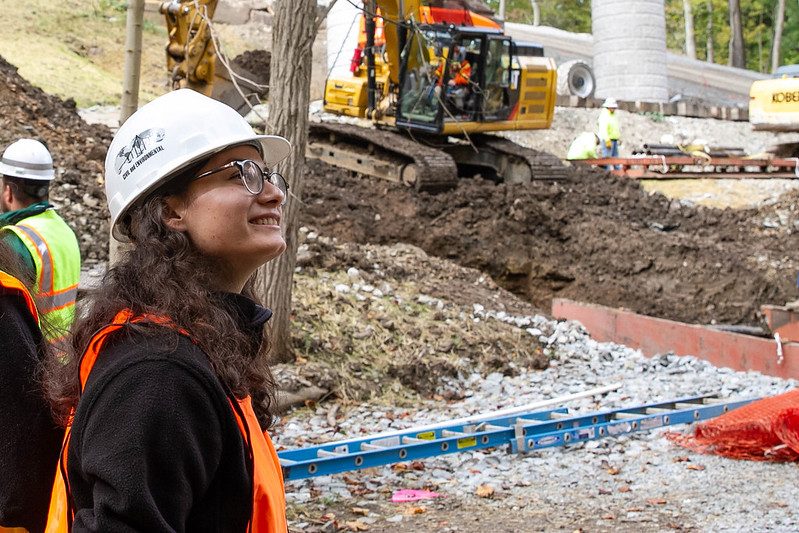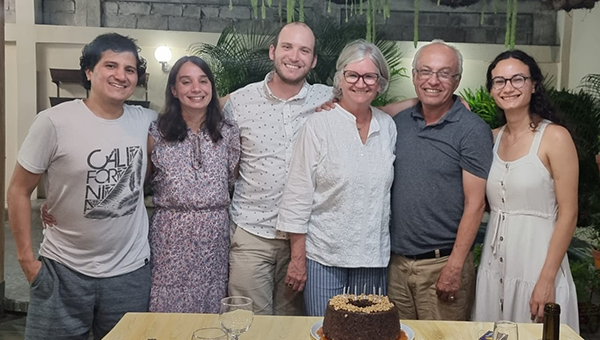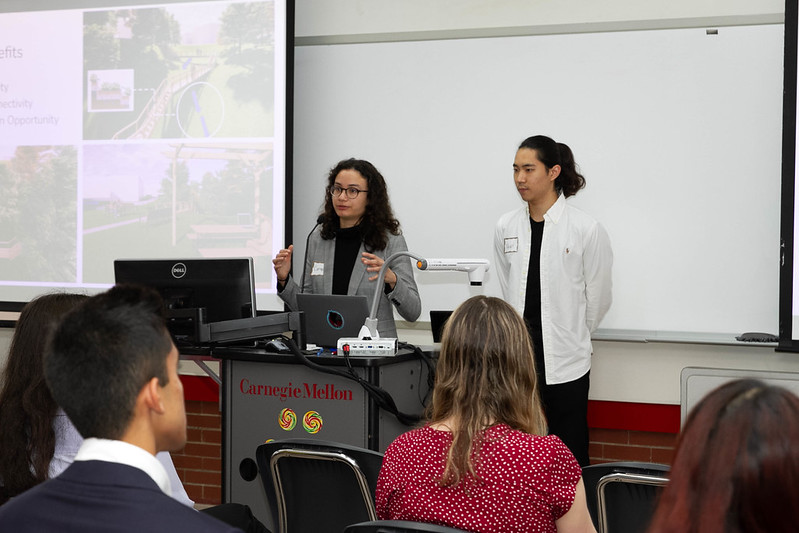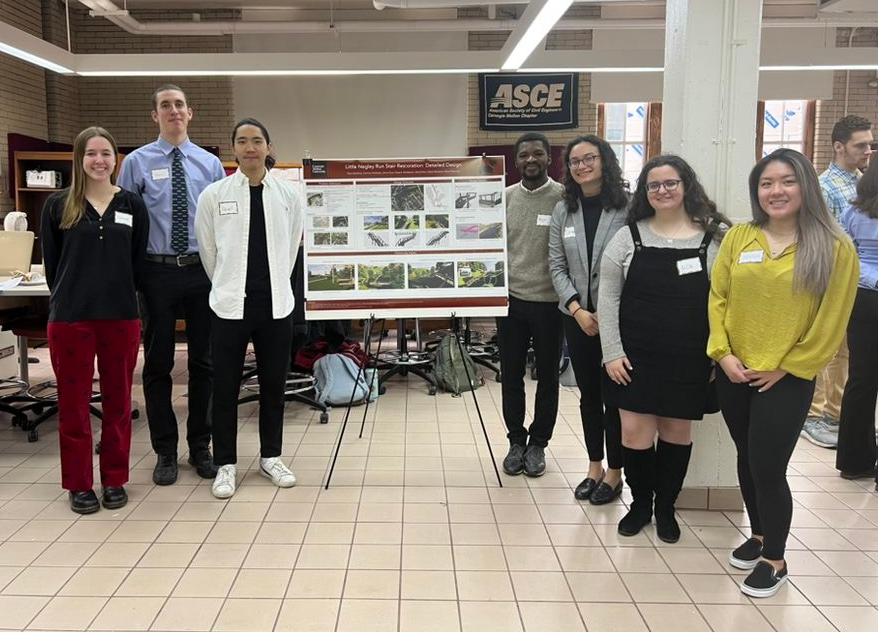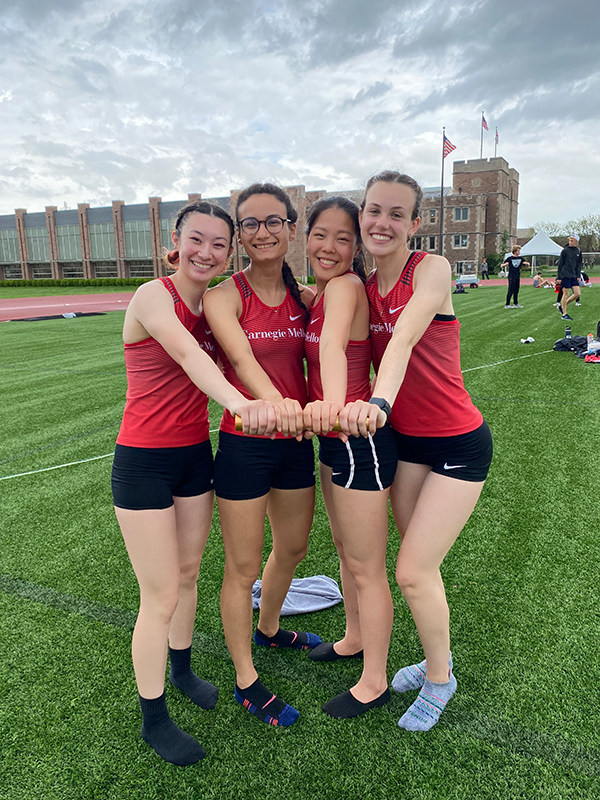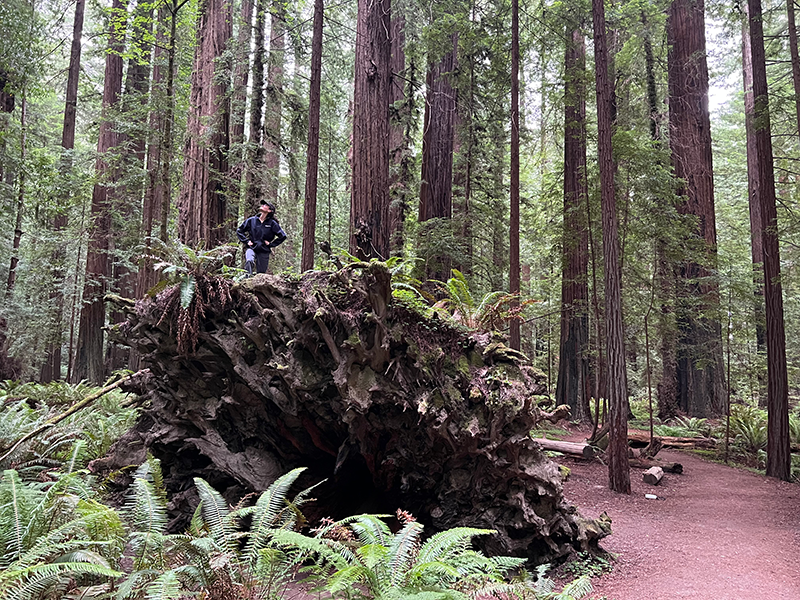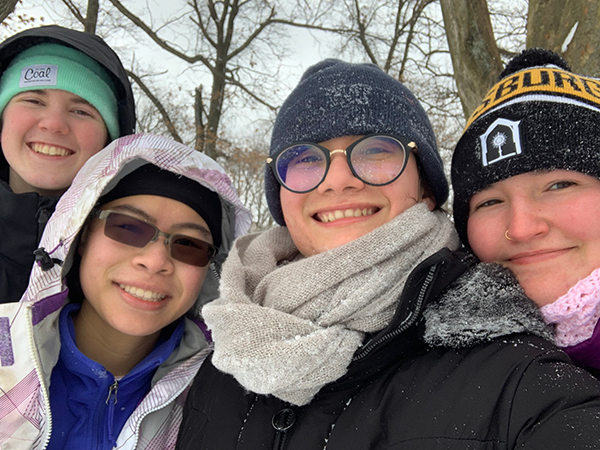
CEE Spotlight: Carmen Andrade
By CEE DEI Committee
Hometown/County: Mayagüez, PR
What drew you to Civil and Environmental Engineering?
I have always been interested in structures. As a kid, I liked designing houses and floor plans. I thought I wanted to be an architect, but after a summer at CMU in an Architecture pre-college program I learned that I was really more interested in the engineering side of design. I wanted to understand how structures worked and make sure they were safe. This interest in structural design drew me towards CEE.
How did/does your identity influence your decision to pursue engineering/STEM?
My identity is a big influence on my decision to pursue engineering, especially my Puerto Rican and Ecuadorian heritage. One of the reasons I became interested in earthquake and structural engineering was due to the natural hazards that have affected both Puerto Rico and Ecuador. Seeing the destruction that natural disasters could cause has motivated me to pursue engineering, where I can learn why building fails and how those failures can be prevented.
How did your lens on diversity, equity, and inclusion take shape both as you grew up and as you entered adulthood and academia?
I grew up in a multicultural community with parents from two different backgrounds. As a person who grew up meshing four cultures, I have thought a lot about diversity, equity, and inclusion. I learned early on about the importance of having an open mind and being curious about the unknown. This curiosity led me to take a gap year in Germany and to be an active alumni volunteer in my exchange program. Living in another culture allows you to understand the fundamental similarities between people. As I enter adulthood, I hope to continue volunteering with exchange programs and hopefully start a career where I can work internationally.
What positive experiences have you had at CMU that you would hope others would have?
CMU's push for collaboration is one of the most positive experiences I have had on campus. I think the collaboration between students both in the same department and in different departments is really important. It teaches you to work with people from different academic backgrounds and take advantage of people’s different strengths. When I started at CMU, I was afraid it would be too academically competitive. Being able to collaborate with others without the fear of needing to compete with each other has made CMU a great place to learn and grow.
In your position, how do you advocate for inclusion?
As a student, I advocate for inclusion by allowing others to be heard. Even if you give people the space to speak, it is equally important to ensure you listen. Advocating for inclusion should not just be limited to academic spaces. It needs to be something that you keep in mind in formal settings, where it may be expected, and in more informal settings, where it can easily be forgotten.
Do you have any advice for incoming (students, faculty, or staff)?
Building your community is crucial. At first, I wasn’t sure where I belonged on campus. Both my Track and Field and CEE community have been crucial for me to handle the demands of CMU. Without my community, CMU would be a lot more difficult... and much less enjoyable.
